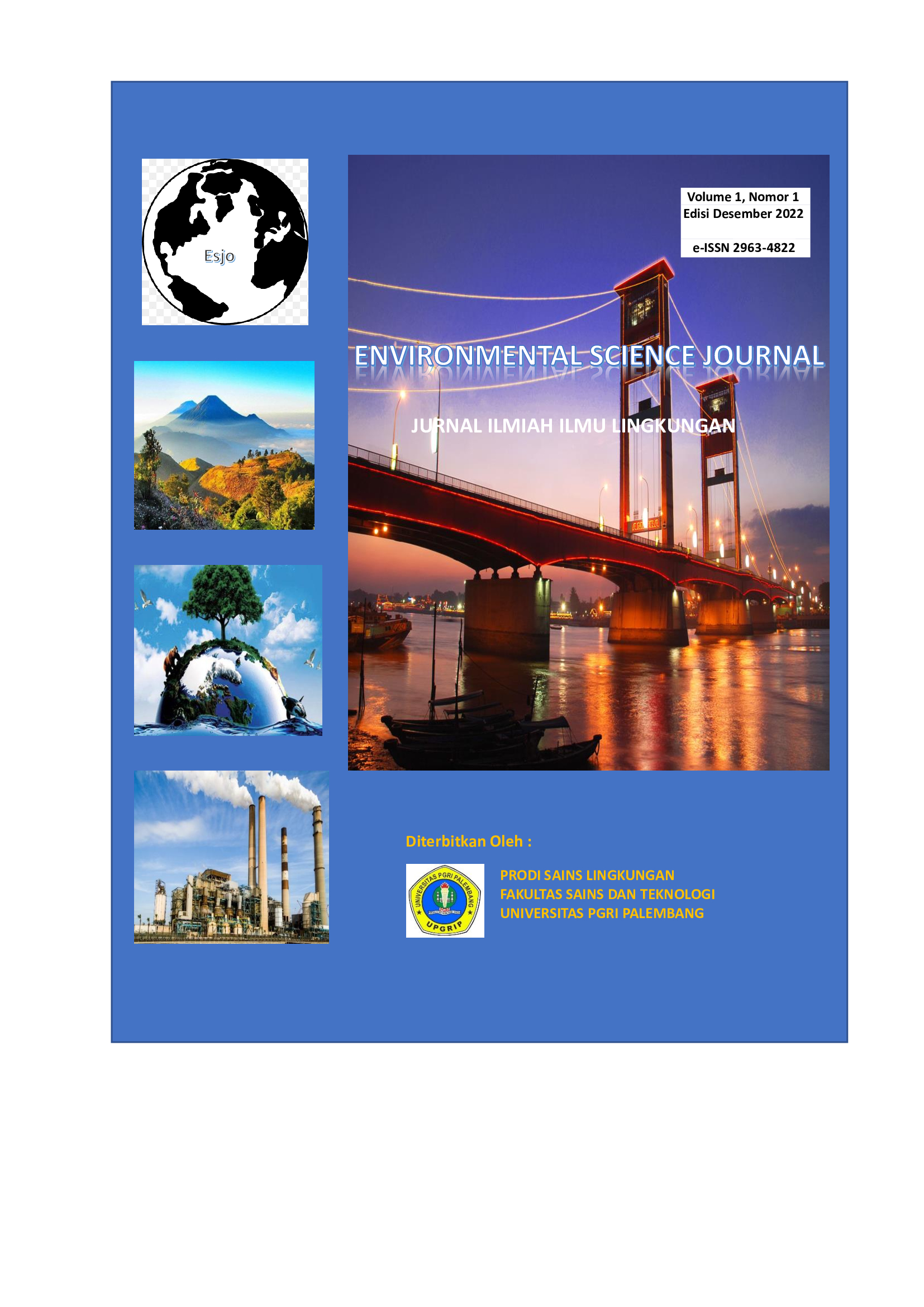Potensi Limbah Biomassa Sebagai Bioadsorben Dalam Menanggulangi Pencemaran Logam Berat
DOI:
https://doi.org/10.31851/esjo.v1i1.11126Keywords:
biomass, bioadsorbents, active groups, heavy metals, health effectsAbstract
Biomassa is a product produced by plants, composed of hydrocarbon elements (C, H, O, and N) to form cellulose, hemicellulose, and lignin compounds consisting of active groups in the form of hydroxyl (-OH) and carboxylic (-COOH). This group can bind heavy metals. The potential distribution of biomass is found on the islands of Kalimantan, Sumatra, Java, Sulawesi, and Irian Jaya. The impact of the heavy metal Cd is in the form of kidney damage, bronchitis, gastrointestinal gas irregularities, and cancer. Impact of Pb has an impact on liver and kidney disease, gastrointestinal gas damage, and disrupted child growth. Impact of Mn has an impact on inhalation or damage to the respiratory system. Impact of Hg has an impact on respiratory system damage and flows plasma poisoning. Impact of Zn has a corrosive effect on the skin, and damages the respiratory membranes. Impact of Ar causes bronchitis and dermatitis. Factors that affect the adsorption of heavy metals by bioadsorbents, namely: adsorbent, grain size, degree of acidity, contact time, concentration, and porosity.













